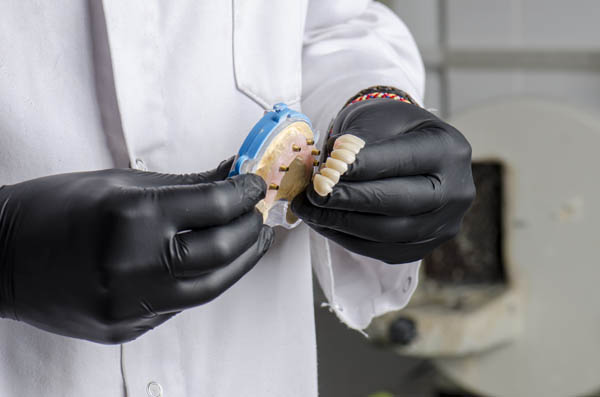Undergoing a dental restoration procedure — also referred to as a dental filling — is a great way to restore the look, feel and function to a damaged tooth.
There are several reasons a tooth may become damaged and in need of a dental restoration procedure, including enamel erosion. If you suffer from a damaged tooth, dental restoration is a great way to ensure that it does not worsen or lead to other oral health concerns.
What to expect during dental restoration
Although there is likely to be some anxiety heading into a dental restoration, there is very little to worry about.
The following is everything you need to know about dental restoration, including what to expect during a dental restoration procedure.
Different types of dental restoration
Depending on the exact reason for the dental restoration, there are several types of dental fillings that a dentist may choose. The four main types of dental restoration are:
- Gold fillings
- Amalgam fillings
- Composite resins
- Porcelain fillings
A gold or amalgam (silver) filling is much stronger than composite resins or porcelain fillings and subsequently last much longer as well. However, they are both different colors than teeth, which means they are best used in areas that are less noticeable and more often used while chewing, such as the premolars and molars.
Composite resins and porcelain fillings, on the other hand, are designed to match the color of teeth. Since they may not last as long and are not able to withstand as much constant pressure, they are best placed on more noticeable teeth that receive less pressure throughout the day.
How a dental restoration works
After determining whether a dental restoration is needed and deciding upon which type of filling is best, the dentist can often start the dental restoration procedure on the same exact day.
Dental restoration procedures typically start by cleaning the affected tooth and removing any tooth decay. After thoroughly cleaning the area, the dentist fills the eroded area with one of the above materials. After ensuring the material is placed properly and evenly, the last thing the dentist does is use a high-intensity light to secure the filling in place.
The entire process usually only lasts a few hours at most.
What to expect after dental restoration
After a dental restoration, there is a high likelihood of some pain and numbness, but this should go away within 12 hours, and you are free to eat again, although there may be certain foods that should be avoided.
If any residual pain and numbness exists for an extended amount of time after the dental restoration, you should contact your dentist to ensure that the pain is normal and the procedure did not go wrong in any way.



